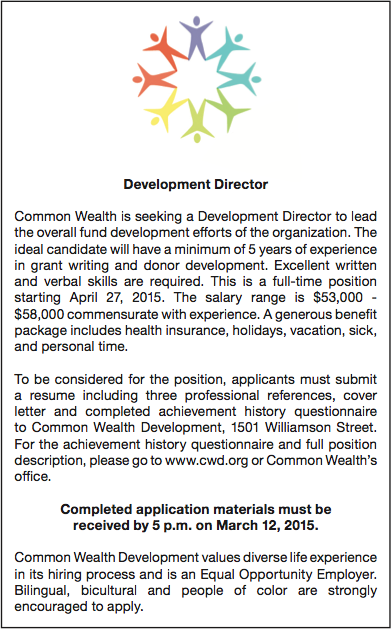March 13, 2015
Lorraine Vivian Hansberry III was an activist, author and playwright born in Chicago on May 19, 1930. She was the first African-American writer to have works appear on Broadway. Hansberry’s A Raisin in the Sun remains her best-known play, which centered on the experiences of black individuals living in racially-segregated Chicago of the mid-twentieth century. A Raisin in the Sun gained its name from Langston Hughes’ poem, “Harlem,” which he published as part of a 1951 suite entitled Montage of a Dream Deferred.
Hansberry was the youngest of four children. Her father, Carl Augustus, was an activist and real-estate broker. Hansberry’s mother, Nannie Louise (maiden name “Perry”) was a schoolteacher. Hansberry’s parents generously donated to the National Association for the Advancement of Colored People and the Urban League. The Hansberry household frequently hosted prominent leaders of the black community, including W.E.B. du Bois and Paul Robeson.
In 1938, when Lorrain was still a child, the Hansberry family moved into an all-white neighborhood of the Washington Park Subdivision in the South Side of Chicago. Groups of white protesters expressed their outrage, throwing bricks and concrete slabs through the family’s household windows. Residents of the Washington Park Division attempted to nullify the sale of the home to the Hansberry family by collectively suing for $100 thousand in an Illinois Circuit Court.
The courts named the case Lee v. Hansberry. The case took its namesake after Anne Lee, one of the hundreds of Washington Park property owners who had signed a restrictive covenant banning the sale of property to African-American parties. About 54 percent of the Washington Park Division residents signed the covenant. Although the trial court and Illinois Supreme Court favored the plaintiffs and ordered the Hansberry’s eviction, the U.S. Supreme Court overturned the initial ruling based on the 14th Amendment’s due process rights. The Supreme Court justified its ruling by claiming that those who had signed the Washington Park covenant could not represent the neighborhood as a whole.
While the Supreme Court decision of Lee v. Hansberry did not cite any opinion on the institution of racially-motivated property covenants, it did mark development in progressive legislation. The Hansberry family learned of the court ruling in the fall of 1940, when Lorraine was 10-years-old. Elements within Hansberry’s A Raisin in the Sun echo her family’s experience throughout this legal battle.
Hansberry broke with her family’s tradition of attending an all-black Southern college, opting instead to enroll at University of Wisconsin – Madison. After changing her major from painting to writing, Hansberry left Madison and moved to New York where she attended the New School of Social Research and worked for Paul Robeson’s Freedom: an all-black newspaper. Hansberry eventually dedicated her efforts solely to writing and published letters about homophobia and feminism. Sometime in the late 1950s, Hansberry began the first script for A Raisin in the Sun, initially entitled, The Crystal Stair.
In 1963, Hansberry became active in the Civil Rights movement by remaining vocal about her leftist political views. She staunchly opposed the Cold War and openly declared her commitment to peace and freedom.


